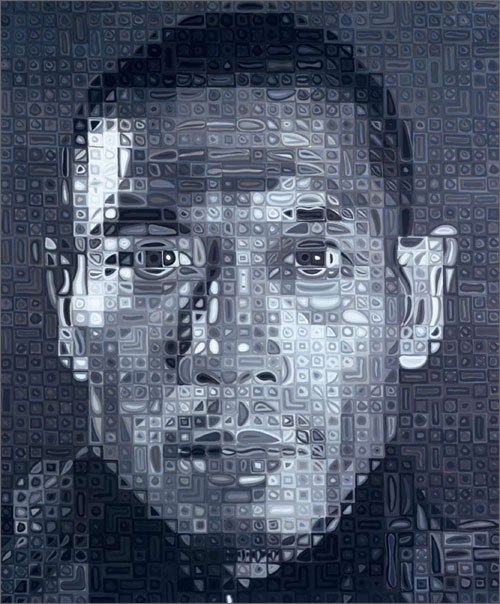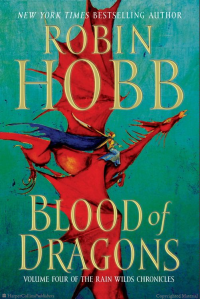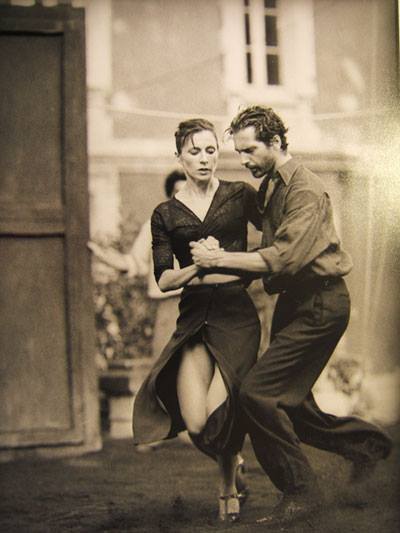Chuck Close (born 1940) is a well-established American painter and photographer, best known for his large scale portraits. Whatever the medium, he is often portraying people that matter to him, friends and family members, as well as celebrities like Bill Clinton, Willem Dafoe, Brad Pitt, Lou Reed or Paul Simon.
Close has struggled with debilitating medical conditions for much of his life, starting with prosopagnosia. Also known as “face blindness”, this is a disorder which impairs the ability to recognize faces. In an interview with PBS, the artist said he felt compelled to paint portraits so that he’d remember the faces of the most important people in his life. The more often he is exposed to a face, the greater the chances that he will be able to recognize it.
In 1988, Close’s spinal artery collapsed, leaving him paralyzed from the neck down. Through rehab he regained some movement in his arms and legs, but he was never able to return to his meticulous, photorealistic way of painting. Forced by circumstances, he started strapping a paintbrush to his wrist and developed a new style where the portraits look pixelated from afar.
 Chuck Close – Zhang Huan II (2008-2009)
Chuck Close – Zhang Huan II (2008-2009)
It is in this pixelated manner in which Close painted Zhang Huan II between 2008 and 2009. Zhang Huan, a versatile Chinese artist, visited Close’s New York studio for the first time in May 2008, sitting for the portrait photographs that would be used as templates. The two of them showed mutual respect and admiration for each others’ works, which can be noticed in Close’s rationale to do two portraits of Zhang, a black-and-white one and a colored painting. This is how he explained his decision to Zhang:
“I did the black-and-white painting because of how you build your black-and-white paintings with temple ash. I thought I would like to try to make an image that relates to how you work — see, you build the painting, rather than paint it. Which is something I feel we really share. I build the painting more than I paint it. I think making a painting is a performance. People just don’t watch the performance. They see the evidence that the performance took place.”
Advertisements Share this:




